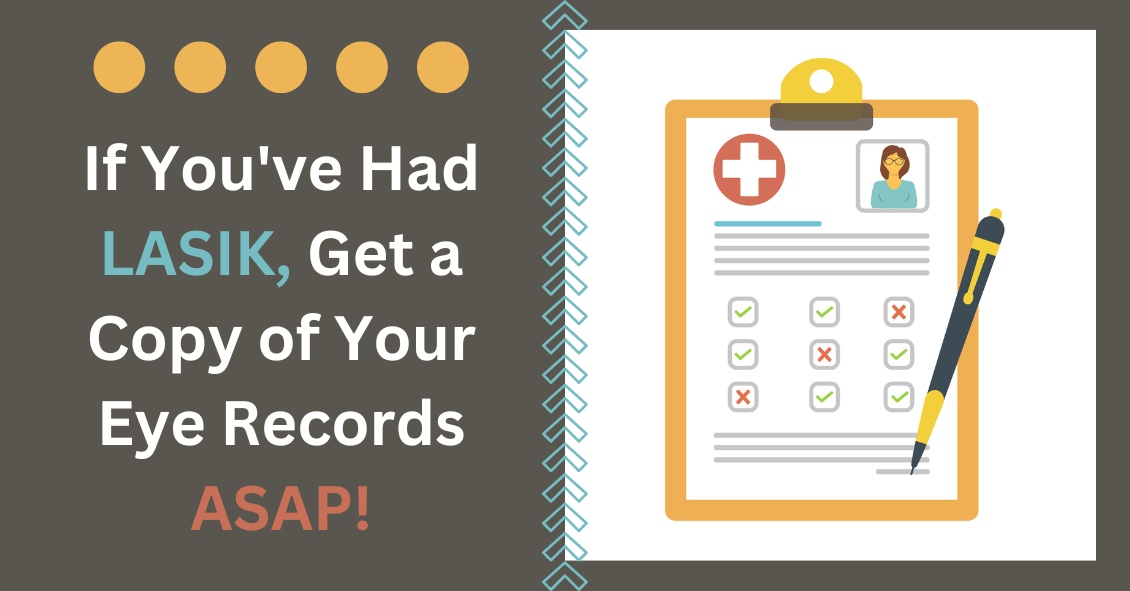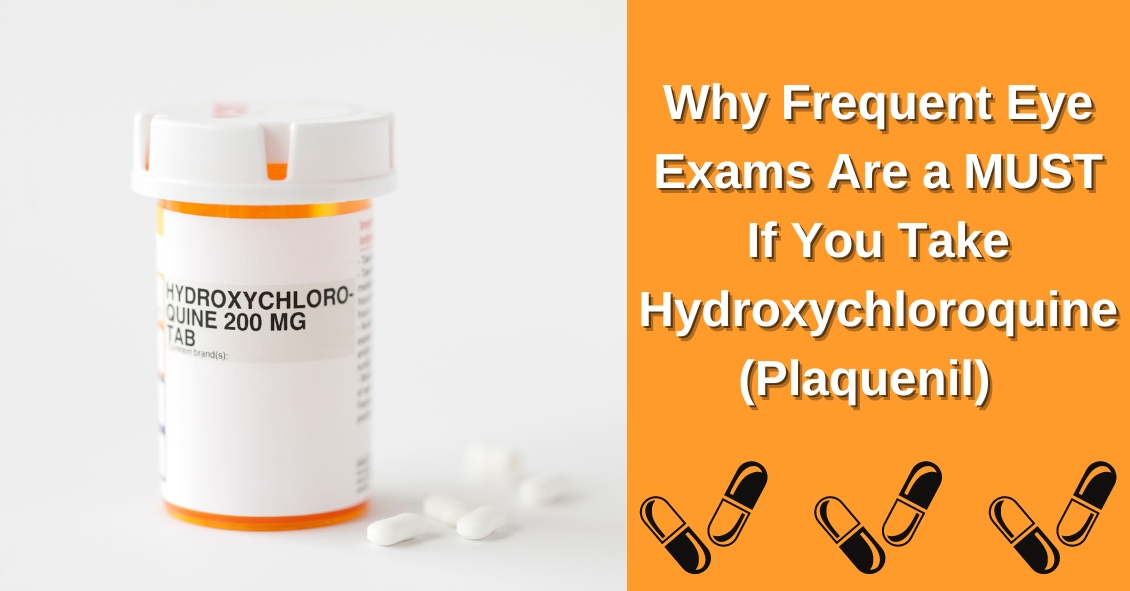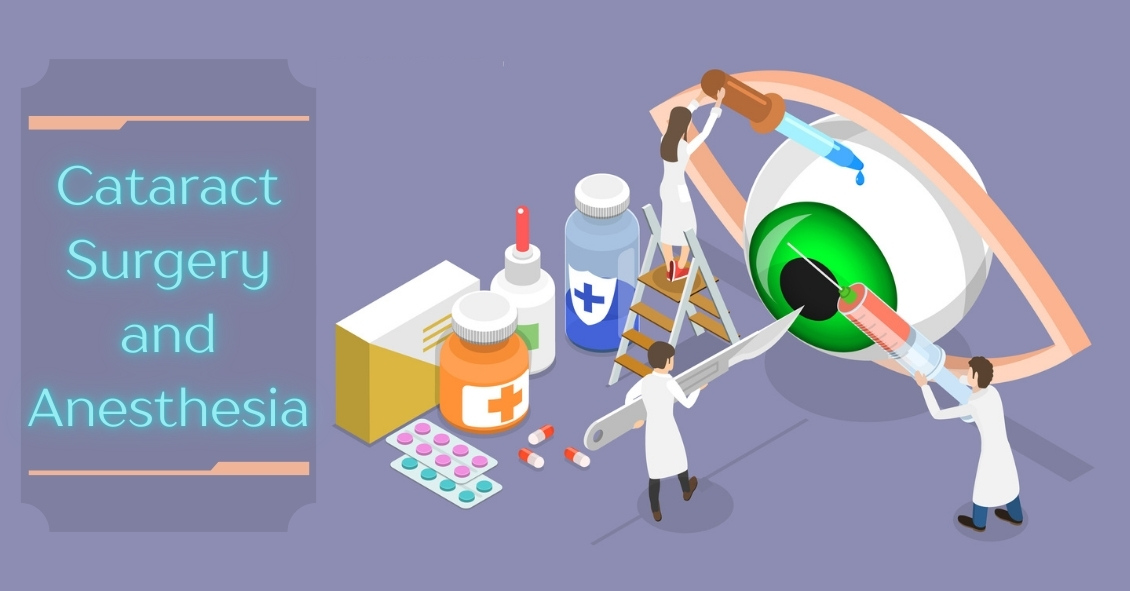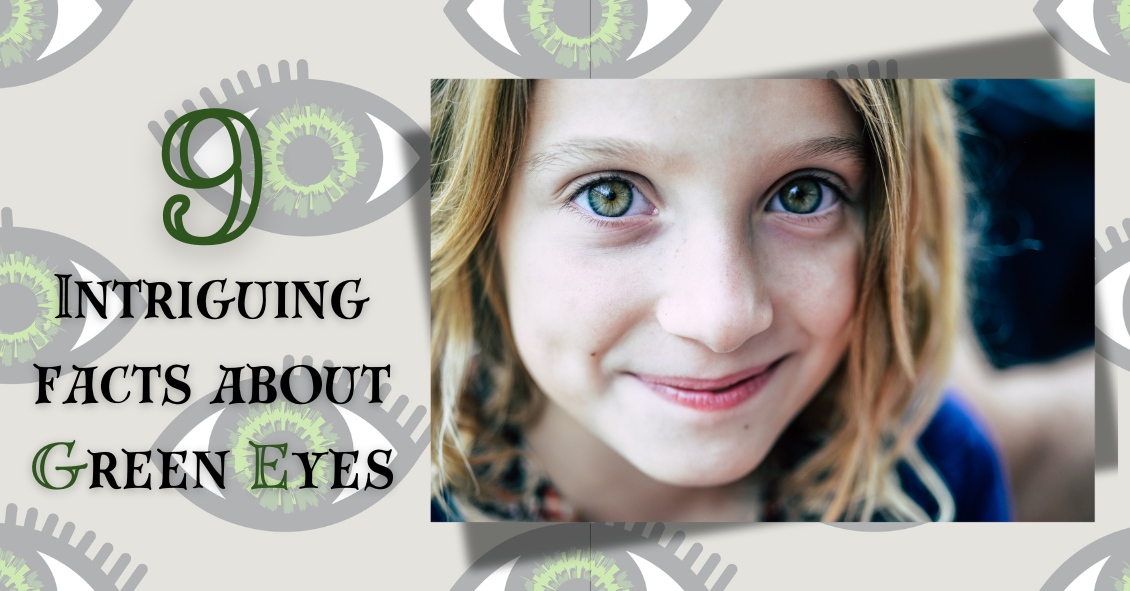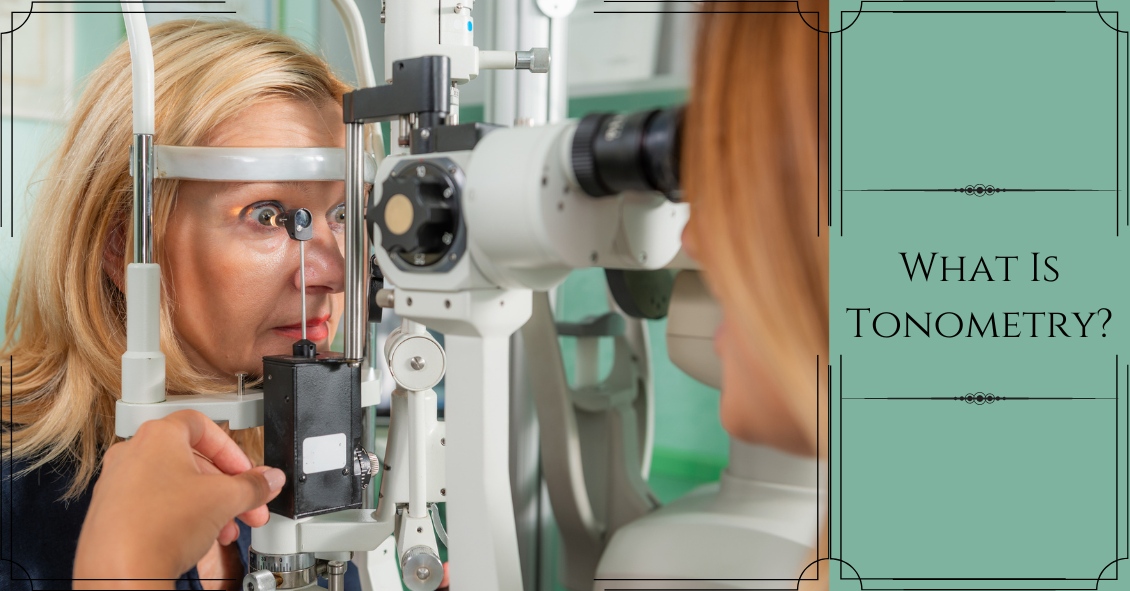Through Mom’s Eyes

Motherhood…the sheer sound of it brings enduring memories. A mother’s touch, her voice, her cooking, and the smile of approval in her eyes. Science has proven that there is a transference of emotion and programming from birth and infancy between a mother and her child–a type of communication, if you will, that occurs when the infant looks into its mother’s eyes. So what is this programming? How does it work and what effect does it have on the life of the child? What happens if it never happened to the infant? What happens if the mother is blind?
The gaze into a mother’s eyes brings security and well being to the child. When she gazes at another person, it makes the infant look at what she is gazing at, and introduces the infant to others in the world. This is known as a triadic exchange. So now the baby's world is no longer just one person–its mother–but also includes third parties, thereby increasing social skills and interaction.
Interestingly, if a mother is blind, it does not adversely […]


